Caring for and maintaining your countertops is a breeze! For tough stains, reach for a microfiber rag or a blue Scotch-Brite sponge. Stay away from harsh cleaners and chemicals that can harm the epoxy surface. Instead, go for a gentle dish soap or an all-purpose cleaner made for laminate or solid surface countertops, diluted with water.
For everyday cleaning, simply wipe down the surface with a damp cloth and dry it with a clean towel. Avoid using abrasive scrubbers or pads that could scratch the surface and dull its shine. To add a delightful scent and a smooth, sleek feel, try our Epoxy Polishing & Cleaning Kit. This product not only leaves your countertop smelling fantastic but also provides an incredibly smooth finish.
When it comes to long-term maintenance, we recommend applying a fresh coat of Stone Coat Countertop Epoxy, Epoxy Art Coat or another layer of Ultimate Top Coat every 6-8 years to keep your countertops looking brand new. Additionally, it’s crucial to protect the surface from hot objects to prevent damage. Always use trivets or cutting boards as a barrier when dealing with heat.
PRO TIP: Wine, mustard, turmeric, and powdered drink mixes have the potential to create stubborn stains on your Stone Coat Countertop Epoxy, Epoxy Art Coat or Ultimate Top Coat. It is important to promptly clean up and avoid letting these products sit and dry on the countertop. To effectively remove stubborn messes, saturate the affected area with 91% isopropyl alcohol and gently wipe it off using a microfiber towel.






















